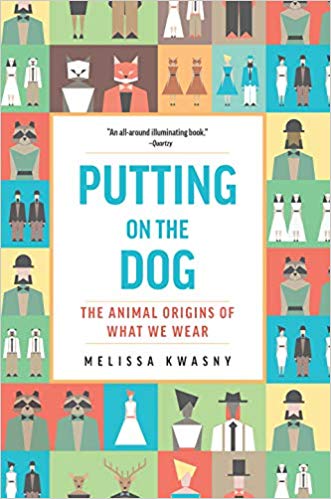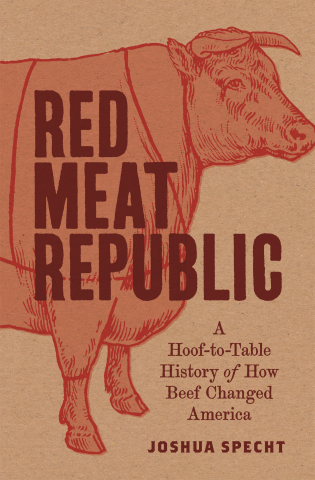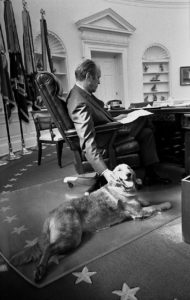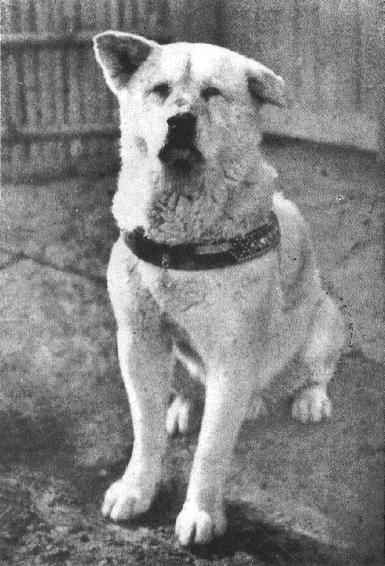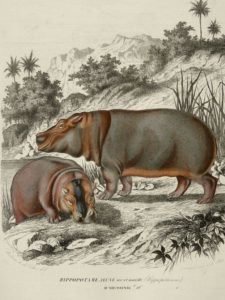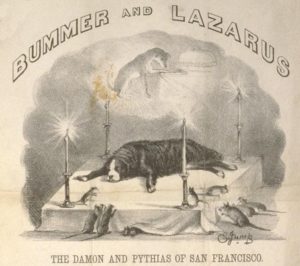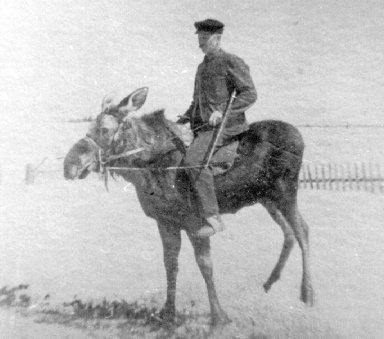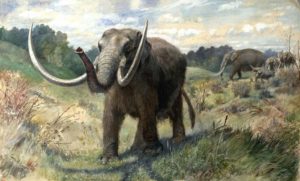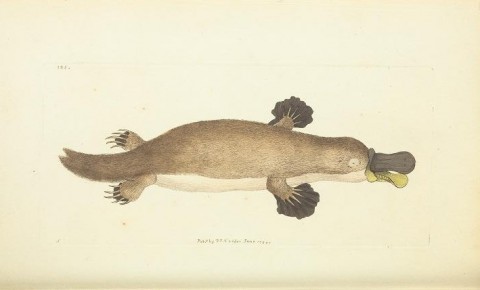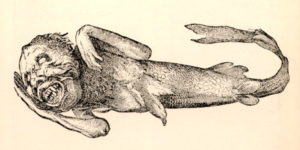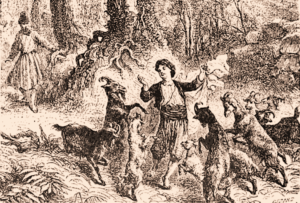You’ve probably heard to Atlantis, but that’s not the hypothetical lost continent out there. There’s a whole subgenre of supposed submerged continents, with Atlantis being only the most prominent example. Other mythical lands include Mu and Lemuria.
Anymore, Lemuria is now associated with new age pseudohistory, but as an idea it was first posited by an actual scientist. In 1864 Philip Sclater was trying to puzzle out why there were lemurs in both Madagascar and India, but not in Africa or the Middle East. If the animals had migrated from one of those regions to the next, then it stood to reason that there would also be lemur populations between them. To solve this problem, Sclater proposed that there was once a large mass of land in the India Ocean he called “Lemuria” that would have allowed lemurs (and, presumably, other fauna) to migrate from India to Madagascar and back again.
Sclater’s idea was eventually rendered obsolete by plate tectonics, but the idea of a lost continent was seized upon by occultists such as Helena Blavatsky. Charlatans such as Blavatsky claimed to have received special knowledge of humanity’s origin from the lost continent, and a whole subgenre of fake history was born.
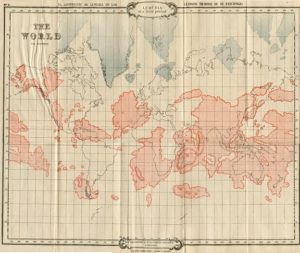
Podcast: Play in new window | Download
Subscribe:
